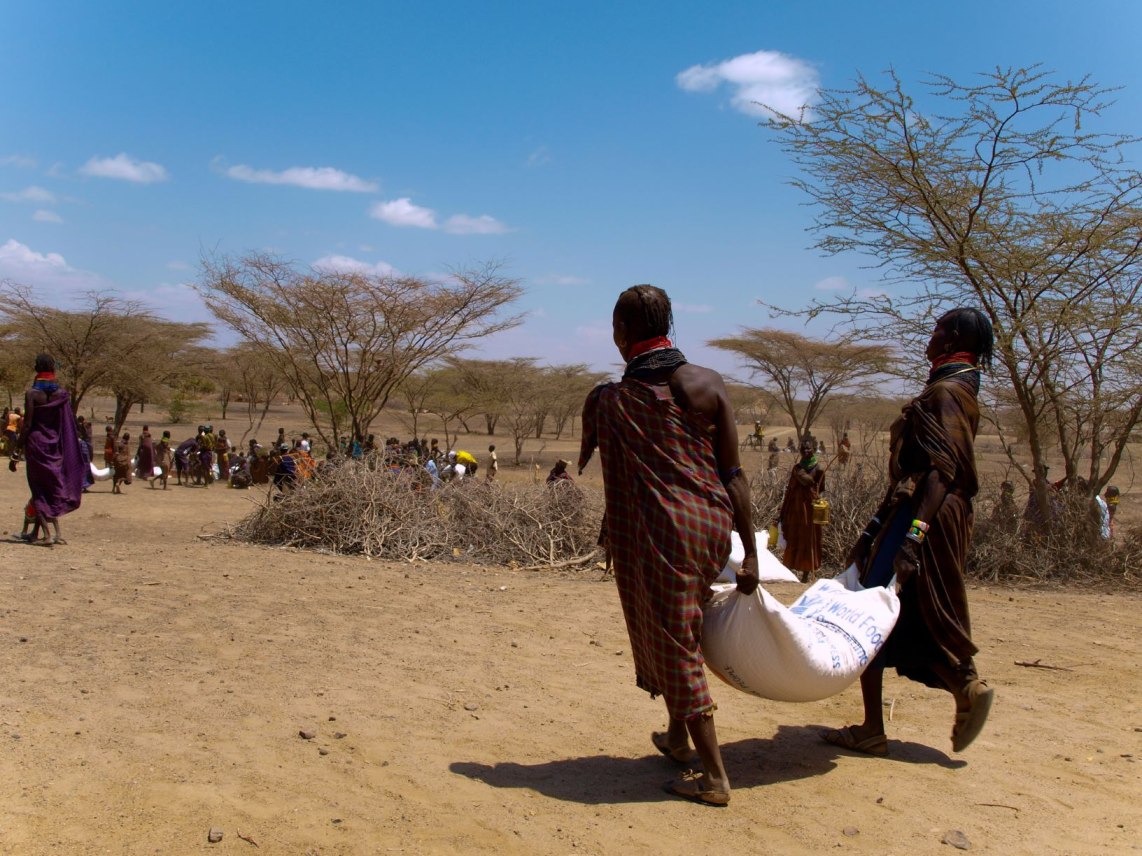At least 2.8 million Kenyans are facing severe hunger following poor rainfall in late 2024, marking a sharp rise from 1.9 million people affected the previous year, a new global report has revealed.
The 2025 Global Report on Food Crises attributes the sharp increase to depressed October–December rains, which have triggered a surge in food insecurity across arid and semi-arid regions.
The report, compiled by the Food Security Information Network, says the affected population represents 17% of those analysed in Northern Kenya, parts of the Rift Valley, and the Coast.
About 291,700 of these people are projected to face IPC Phase 4 levels of hunger, classified as a humanitarian emergency, just one step below famine.
"The worsening situation is driven by below-average October-December 2024 rains negatively impacting crop and livestock production, elevating food prices, and causing conflicts related to resource management and human-wildlife interactions," the report states.
The findings paint a grim picture for areas already struggling to recover from the region’s worst drought in four decades.
In 2024, Kenya had made notable progress in curbing hunger after improved rains lowered the number of people facing food crises to 1.9 million—a 64% drop from 5.3 million recorded in 2023.
The improved situation last year was credited to above-average rainfall that boosted harvests and livestock recovery. However, the relief was short-lived.
The El Niño-driven rains between March and May brought heavy floods to northern and eastern pastoral regions, killing more than 11,500 livestock and damaging farmland.
"The situation has significantly improved since the 2023 peak, as above-average rainfall improved harvests and livestock production. However, El Niño-induced floods and resource-based conflicts affected northern and eastern pastoral areas," the report noted.
In addition to flood damage, hunger levels in 2024 were worsened by poor maize yields in western and southeastern Kenya, where erratic rains caused harvests to fall 10 to 15% below average.
The report also highlights economic hardship as a contributing factor.
In early 2024, high inflation and a weakening shilling increased the prices of both food and non-food items, further reducing households’ ability to cope.
The situation remains precarious, especially in northern Kenya, where communities are now battling the combined effects of erratic weather, livestock losses, rising food prices, and ongoing resource-based conflicts.

